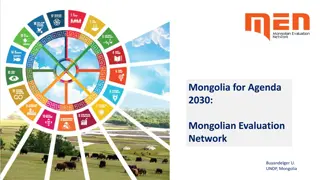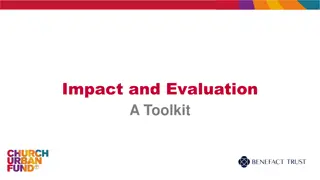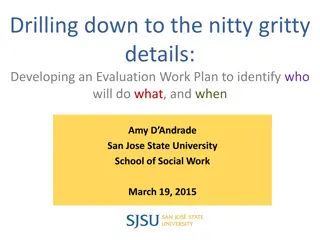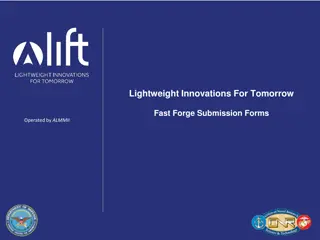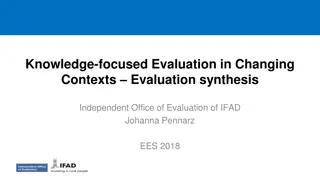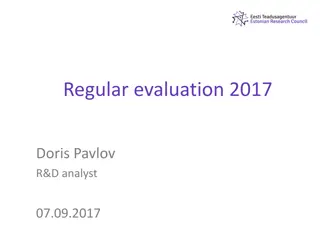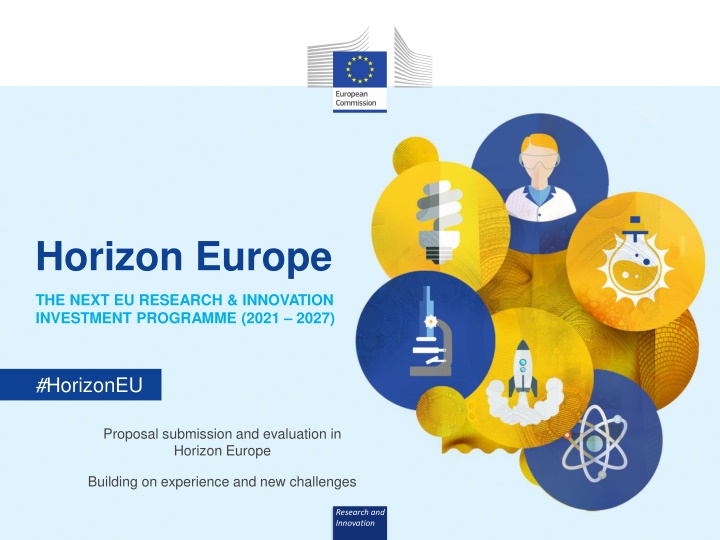
Proposal Submission and Evaluation in Horizon Europe: Building on Experience and New Challenges
Learn about the proposal submission and evaluation process in Horizon Europe, including insights from the evaluation processes in H2020. Explore the draft orientations for Horizon Europe and special arrangements for missions and the European Innovation Council. Discover the key points and criteria in the evaluation process for Horizon Europe.
Download Presentation

Please find below an Image/Link to download the presentation.
The content on the website is provided AS IS for your information and personal use only. It may not be sold, licensed, or shared on other websites without obtaining consent from the author. If you encounter any issues during the download, it is possible that the publisher has removed the file from their server.
You are allowed to download the files provided on this website for personal or commercial use, subject to the condition that they are used lawfully. All files are the property of their respective owners.
The content on the website is provided AS IS for your information and personal use only. It may not be sold, licensed, or shared on other websites without obtaining consent from the author.
E N D
Presentation Transcript
Horizon Europe THE NEXT EU RESEARCH & INNOVATION INVESTMENT PROGRAMME (2021 2027) #HorizonEU Proposal submission and evaluation in Horizon Europe Building on experience and new challenges Research and Innovation
Evaluation process in H2020 Solid and recognised process based on an evaluation made by external experts with a final decision taken by the Commission, fully and transparently justified. Feedback from experts in the 2017 exercise: 12046 evaluators of H2020 calls were surveyed, 3600 answers were gathered.
Evaluation process in Horizon Europe Pending final decisions on Horizon Europe, there seems to be consensus on certain key points. For example: Continuity: It is based on H2020 evaluation process. Three evaluation criteria retained (Excellence, Impact, Quality of Implementation); Excellence only under the ERC. Transparency: It remains a transparent approach, based on an evaluation made by external experts with a final decision taken by the Commission, fully and transparently justified. Adapted to new features: Special arrangements possible, especially for missions and EIC (e.g. portfolio considerations when ranking; changes to proposals)
Draft orientations for Horizon Europe Areas where system can be improved based on lessons- learned, and how novel features can be accommodated: Missions and EIC Evaluation criteria (interpretation) Evaluation modalities Interaction with applicants Proposal template
Missions and EIC Special arrangements will be needed for the parts of the Programme where it is important to establish a consistent portfolio of projects (esp. EIC, missions). For example: The approach adopted will largely depend on the design of a mission call, and may need to vary from mission to mission; Intrinsic quality of a proposal is determined first, and the portfolio considerations (spelled out clearly in the work programme) in a second phase; Evaluation under the EIC is the subject of an ongoing pilot (EIC accelerator). It currently consists of a two-step process with a face- to-face interview at the second stage.
Evaluation criteria The draft Horizon Europe rules set the same three award criteria we have in H2020: Excellence , Impact and Quality and efficiency of the implementation . These need to be spelled out, taking into account the lessons learnt: Simplify and reduce the number of aspects to be taken into account , where possible, ensuring that the same aspect is not assessed twice; Include an assessment of the quality of applicants under implementation , rather than as a separate binary assessment of operational capacity; Simplify or remove assessment of management structures.
Evaluation modalities (i.e.: single-stage, two-stage and two-step procedures; scoring) Much experience but need better rationale for the use of one or other approach; and further simplification, where possible: Reduce aspects evaluated at first stage; abolish substantial change rule for second stage proposals (or at least define it with a very low bar); abolish first stage ESR for successful first stage applicants (while maintaining system of generalized feedback); Examine implications of blind evaluation at first stage (re draft legislation); Review rules for ex-aequo (re draft legislation); Examine possible re-calibration of the scoring system (with the same resolution), to increase the range above threshold.
Interaction with applicants Can increase the robustness and credibility of the system, but comes with a cost in terms of time and resources. Experience under H2020 (ERC & EIC pilot), and in national programmes. Interviews should form part of the process where appropriate, while ensuring equal treatment for all eligible competing applicants; Other approaches? (e.g. written input?)
Proposal template There seems to be no need for drastic changes at this stage. But improvements to be identified. For example: Where feasible, capture information needed to assess the quality of applicants in a structured form; Reduce the maximum length of the proposal (e.g. 50 pages); Structured vs non structured proposal. Allow compatibility for more radical changes (e.g. videos?)
Other areas for attention include Resubmissions rules Ethics review Streamlined approach; focus of resources on problematic cases. Security scrutiny Implement a similar process as for ethics review based on a questionnaire in proposal Redress ( Evaluation review ) Use of artificial intelligence ( human-led AI ).
Results of consultation Evaluation A simple proposal template is the most important aspect for the submission and evaluation process, followed by a detailed feedback to unsuccessful applicants. A two stage procedure to reduce burden to applicants is the less important aspect Same trend for the 59 replies from Bulgarian and Romanian stakeholders, with also a strong interest on the fast time-to-grant.
Results of consultation Evaluation To run a pilot 'right to react' schema and to simplify the aspects to be considered under the three evaluation criteria are the most important proposed changes. Similar trend for the 59 replies from Bulgarian and Romanian stakeholders together with also a strong interest for the pilot for blind evaluation Open questions: detailed feedback to unsuccessful proposals and faster time-to-grant seem to be repeated in addition to the need to select good quality of experts. For the evaluation of missions, the generalized message is: 'The quality and excellence of an individual proposal should never be compromised.'
Thank you! May 2019 Version 25

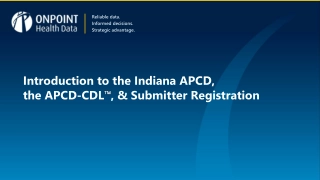
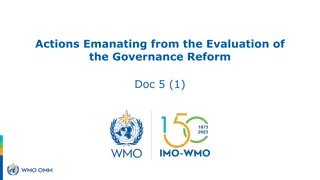



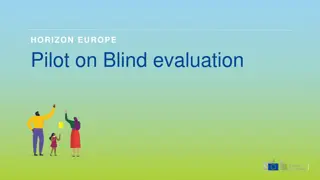

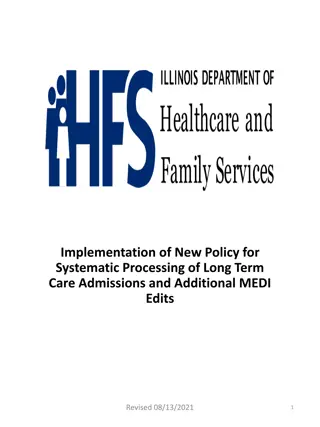
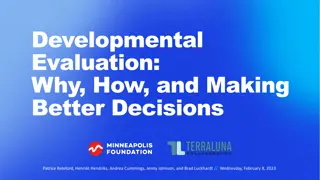
![ANC Women's League Oral Submission on Expropriation Bill [B23.2020]](/thumb/136076/anc-women-s-league-oral-submission-on-expropriation-bill-b23-2020.jpg)
